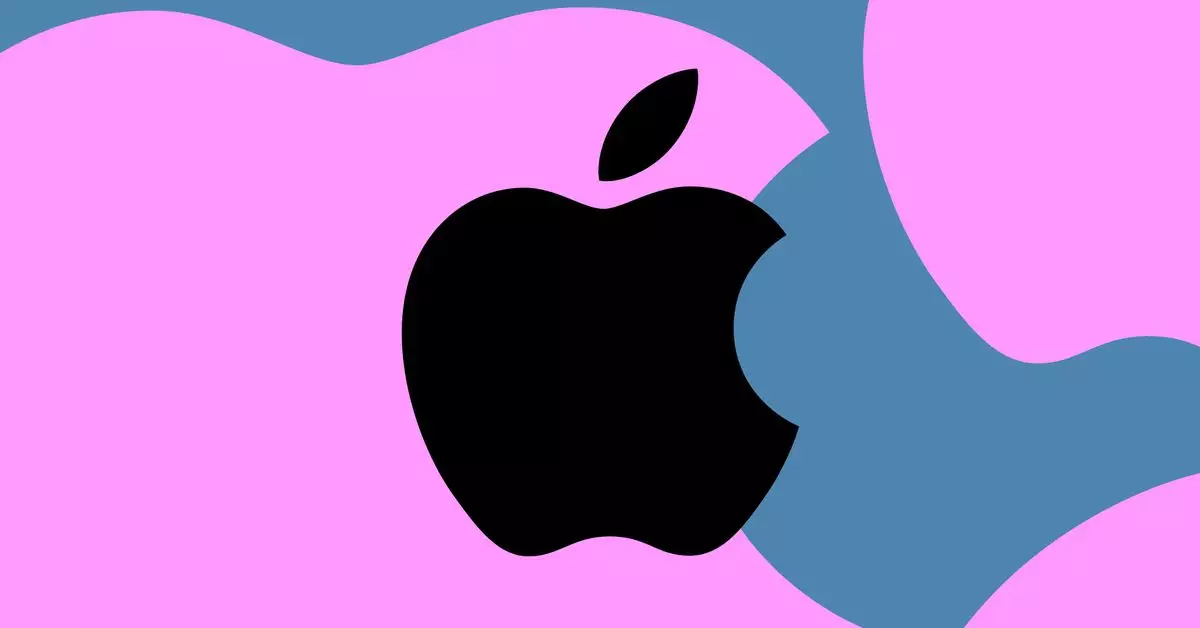As technological advancement continues to reshape the smartphone landscape, Apple is on the verge of a significant transformation in its approach to wireless connectivity. With plans to transition from relying on external manufacturers to producing its own Wi-Fi and Bluetooth chips, Apple is setting the stage for enhanced control over its devices. These might soon become reality with the expected launch of the iPhone 17 in late 2024.
The industry is buzzing with insights from analysts, particularly Ming-Chi Kuo, a well-respected figure in tech predictions. According to Kuo, Apple aims to introduce its own in-house Wi-Fi and Bluetooth components starting with the iPhone 17. This move is not merely a technical upgrade; it represents Apple’s ambition to diminish its dependence on third-party suppliers. Further complicating its roadmap, Kuo also notes that the next iteration of the iPhone SE, slated for Spring 2025, will be the first to incorporate Apple’s proprietary 5G modem, albeit it will still utilize a Broadcom Wi-Fi chip.
The competitive landscape surrounding smartphone modems is notoriously challenging, and Apple is no stranger to the complexities involved. Reports suggest that Apple’s efforts to eliminate its reliance on Qualcomm’s RF modems date back to 2019, coinciding with the acquisition of Intel’s modem division. This long-term vision illustrates Apple’s commitment to self-sufficiency in a market where control over software and hardware integration is crucial for user experience.
Despite ambitious plans, Apple faced multiple hurdles during its development cycle. It had originally aimed for the iPhone 15 to showcase its custom modem, a goal that ultimately proved overly optimistic. This setback underlines the intricacies and time-consuming nature of creating cutting-edge chip technology. Transitioning from reliance on industry giants to fostering proprietary technology is a complex endeavor, faced with both technical and logistical challenges, which must not be overlooked.
The iPhone SE series is anticipated to receive a major overhaul, not only by integrating a new custom modem but also through a slew of additional enhancements. Rumors suggest that the upcoming SE will be upgraded with an OLED display for enhanced visual quality, the introduction of Face ID for improved security, and support for Apple Intelligence, further enhancing the user experience. However, with premium features likely comes a premium price tag, stirring discussions among consumers about the value offered.
Apple’s strategic pivot towards developing in-house wireless chips marks a pivotal moment in its journey toward greater technological independence. By gradually phasing out its reliance on third-party components, Apple is not only streamlining its supply chain but also enhancing the overall performance and integration of its devices. This evolution is undoubtedly influencing the consumer tech sector and setting a course for future iPhones that aim to redefine what’s possible in mobile technology. With the iPhone 17 and the next-generation iPhone SE on the horizon, all eyes will be on Apple as it embarks on this ambitious journey, promising an exciting future for both the company and its loyal users.

